Let?s Eat Indian!
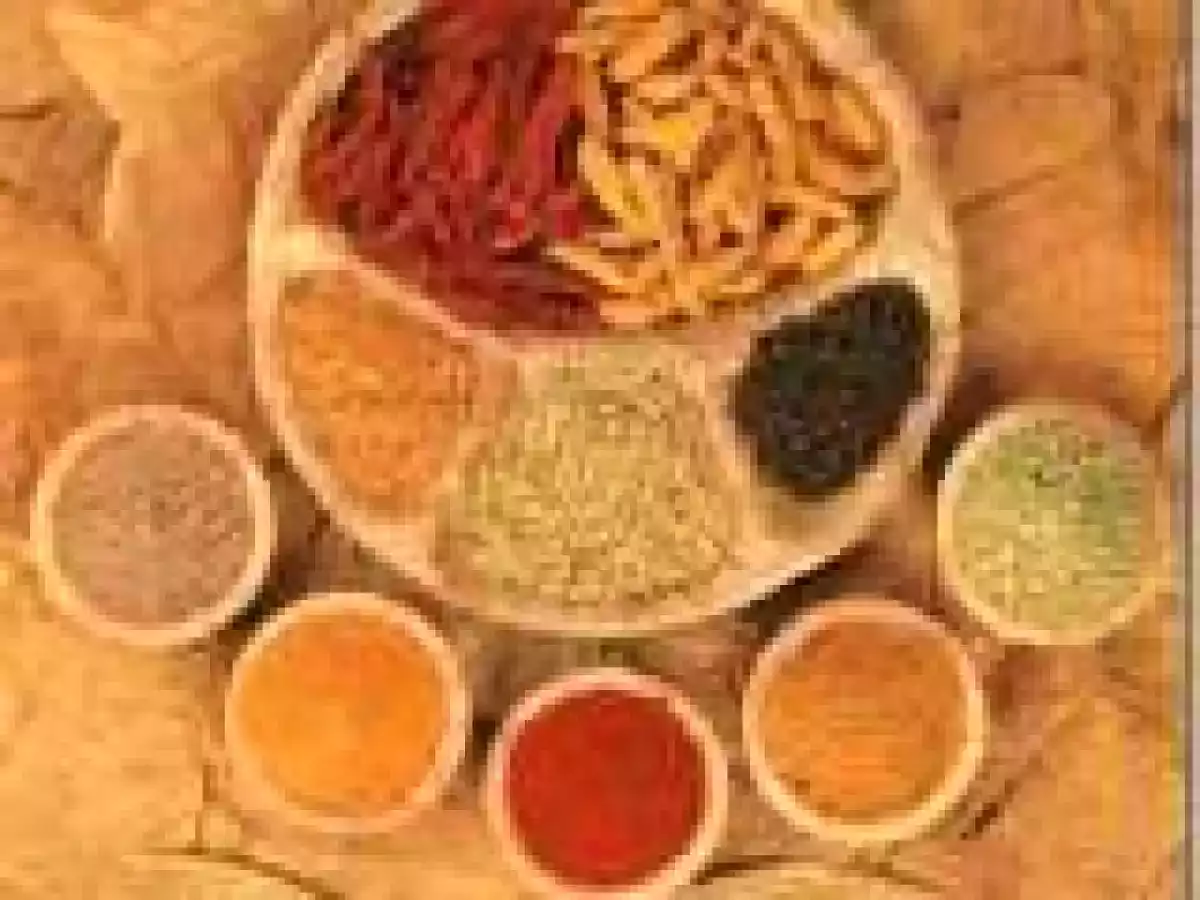
This is one line very popular among some of my friends here. Each time I hear that, I think of my desh, the land of flavors and colors, characterized by herbs, spices, and cooking techniques. Look beyond Indian, I say in silence, and you will see the multilingualism of cooking and eating. Precious and peculiar only to India! MyIndia.
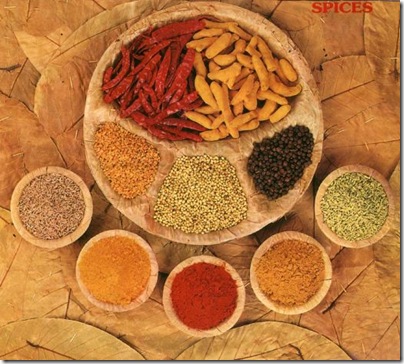 Girls (and now an increasing number of boys) in India, do not learn how to cook from cookbooks. Instead they stand next to their Mums and watch them cook with a pinch of spice here and a blend of ingredients there. Kitchen skills in India are inherited.
Girls (and now an increasing number of boys) in India, do not learn how to cook from cookbooks. Instead they stand next to their Mums and watch them cook with a pinch of spice here and a blend of ingredients there. Kitchen skills in India are inherited.
With the inheritance of taste comes an acquired liking of food from the other states of India. And sometimes, the osmosis is so strong, its difficult to separate.
Food for us is a love affair, we have over and over again, not necessarily with the same person! Very quickly this love transcends borders and reaches the souls and holes in the wall eating places, we Indians love to talk about. Like a Madrasi travelling to Bombay for the very first time, will eat at the place his Maharastrian colleague has been raving about for years. Or a Delhi belle who has landed in Hyderabad for a job interview for a day, will make sure she eats and then orders take out of the best Hyderabadi Biryani. (That was actually me.)
Its this craving for each other?s cuisines, that has made me write this post on the eve of the 64th Independence Day of India. My effort here is to cover the signature dishes or staple diets from each state and union territory of the Republic of India. Hoping you will like and add on to my effort of looking beyond ?Indian?.
Andaman and Nicobaris a group of islands in the Indian Ocean. Predictably so, much of its cuisine is hugely influenced by the abundance of seafood it gets from its deep waters. Sadly, the indigenous people of the islands have kept to themselves without affecting the mainstream cuisine at all.
Andhra Pradeshis the spice soul of Southern India. The staple food here is rice, and its many variations, including dishes made with vegetables and meat. Lunch in most Andhra homes start with Modati Mudda(the first bite/starter). Items served in this course are intended to stimulate appetite and aid digestion. Hyderabad which is the capital city of this state boasts of a 400-year-old culinary history of its own, stamped by the legacy of the Nizams . The most famous is the Hyderabadi Biryani, a meat and rice dish.
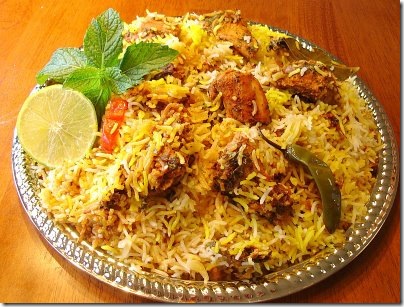
Arunachal Pradeshis one of the Seven Sisters of the northeastern states of India. Unexplored and pristine. A large number of its population is its ethnic tribes. The Nishi tribe is known to eat boiled or steamed food. Maybe that explains how the Momos or steamed dumplings are a popular delicacy of this state. They are usually served with steaming hot vegetable broth and a fiery red chili sauce.

Assam is largely known for its tea plantations. It could very well be the drinks? state of India, considering the tribal men and women spend a lot of time drinking rice wines and beers. Rice and fish form the staple in this North East state too. A lot of traditional Assamese families have their own ponds where fish is cultivated. 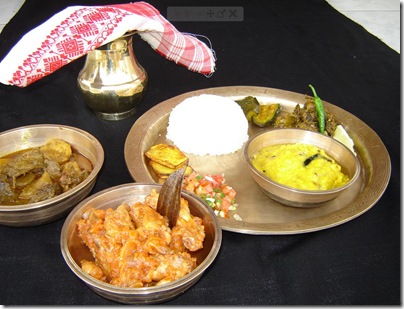 Assamese cuisine places emphasis on lightly-prepared dishes which are rich in taste and flavor. Most Assamese dishes are steamed (bhapot-diya) roasted (pura) or stewed (anja).
Assamese cuisine places emphasis on lightly-prepared dishes which are rich in taste and flavor. Most Assamese dishes are steamed (bhapot-diya) roasted (pura) or stewed (anja).
Bihar and Jharkhandhave a huge rural population which cultivates paddy or rice, thus making substitutes of rice like chura(beaten rice) and murhi(puffed rice)popular ingredients in Bihari cuisine. The cuisine of its neighboring state of West Bengal has largely influenced Bihar and Jharkhand. Mustard oil is the essential cooking oil. 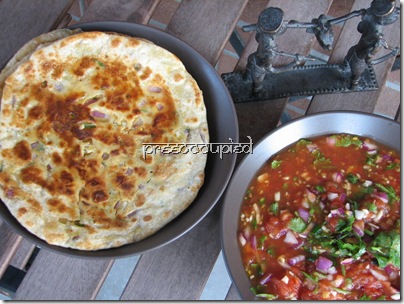 The quintessential Sattu Paratha is by far the most popular thing to eat when in Bihar. Sattu is chickpea flour and often regarded as a poor man?s source of protein.
The quintessential Sattu Paratha is by far the most popular thing to eat when in Bihar. Sattu is chickpea flour and often regarded as a poor man?s source of protein.
Dadra and Nagar Haveliis characterized by its proximity to Gujarat and Maharashtra. Green and grains both form important ingredients in its everyday cooking. Freshwater carps and crabs are also recommended if you visit this western Indian territory. Ubadiyuis a mix of vegetables and beans cooked with special herbs in an earthen pot. It is eaten usually in the winters. Have it with a glass of turmeric-flavored buttermilk, just like the locals.
Delhi?s first love is eating. You will hear an interesting story behind every dish you eat in Delhi. But for that you will need to travel to Old Delhi, the home of Mughal Emperors and parathasand chaat. Delhi breathes food and flavors. It is also synonymous with two other words which fill the mouth up with drool ? Tandoori Chicken.
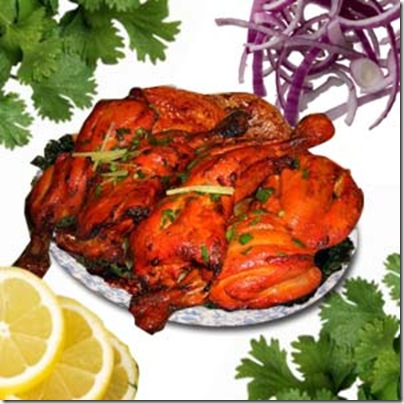
Goa, Daman and Diuis the coastal getaway for the backpacker and the seafood haven for epicureans. The cuisine of Goa is influenced by its Hindu origins and 400 hundred years of Portuguese colonialism. It can broadly be classified as Hindu and Christian food. The Goan Hindu cuisine is less spicy, less or no use of onion and garlic. It also includes more use of vegetables, lentils, pumpkins, gourds, bamboo shoots, and root vegetables. Its mostly cooked in coconut oil.
The popular Vindaloo dish which we swear by every time we eat ?Indian?, is part of the Goan Catholic cuisine. But then you already know that!
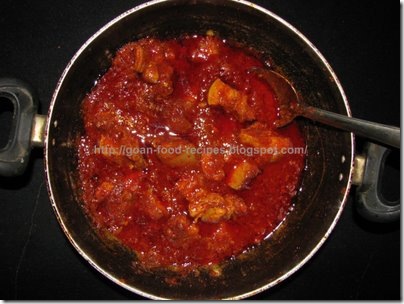
Gujaratis home to the great Mahatama Gandhi and also to pickles and papad. Most of the Gujartis are vegetarians. A Gujrati will wow you with flavors and fables all at the same time. 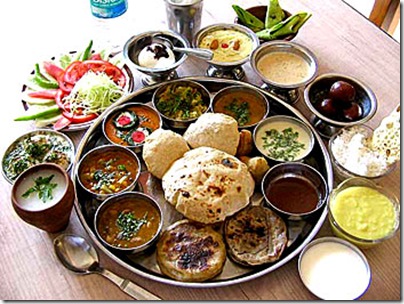 A typical Gujarati thali(platter) consists of rotli(a flat bread made from wheat flour), daalor kadhi, rice, and sabzi/shaak(a dish made up of different combinations of vegetables and spices, which may be stir-fried, curry-like, or even dry boiled).
A typical Gujarati thali(platter) consists of rotli(a flat bread made from wheat flour), daalor kadhi, rice, and sabzi/shaak(a dish made up of different combinations of vegetables and spices, which may be stir-fried, curry-like, or even dry boiled).
Himachal Pradesh and Uttarakhandare the apple valleys of India. Though rice and wheat are the staples like many other parts of India. People enjoy eating rice, paddy and maize. The most common dishes of the state include rice, with maahni(urad daalprepared with dried mangoes) or madra(lentils made with yogurt). Non-vegetarian dishes, cooked with generous doses of spices and ghee, are preferred by the Himachalis. In Himachali cooking, spices are not fried in ghee or oil. Instead, these are added to the dish at the end, to retain the flavour. In fact, some time back, the only vegetables that were eaten by them were potatoes and turnips.
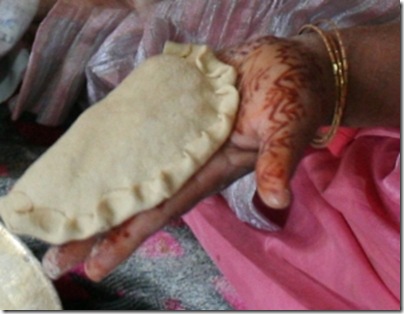 One of the most popular breads here is Sidumade from wheat flour. It is eaten with ghee, daalor mutton.
One of the most popular breads here is Sidumade from wheat flour. It is eaten with ghee, daalor mutton. Jammu and Kashmirhas a lot more to offer than just Lamb Rogan Josh. The Hindu Pandits and the Buddhists were the first to influence the cuisine of this state. The most notable ingredient in Kashmiri cuisine is mutton, of which there are over 30 varieties. Also popular are Balti curries, originally brought by Pakistani immigrants hailing from the Baltistan region of Pakistan-administered Kashmir. 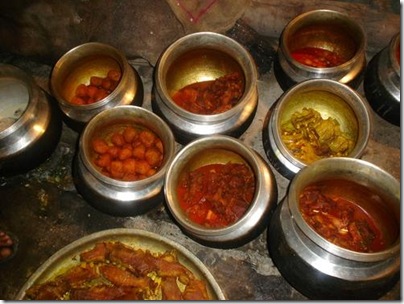 Wazwan, a multi-course meal in the Kashmiri tradition, is treated with great respect. Its preparation is considered an art. Almost all the dishes are meat-based (lamb, chicken, fish, and beef). Wazwan is mostly restricted to the Muslims of Kashmir and they regard it as the pride of their culture and identity.
Wazwan, a multi-course meal in the Kashmiri tradition, is treated with great respect. Its preparation is considered an art. Almost all the dishes are meat-based (lamb, chicken, fish, and beef). Wazwan is mostly restricted to the Muslims of Kashmir and they regard it as the pride of their culture and identity.
Karnatakameans elevated land. Its cuisine can be divided into North and South Karnataka. If you are travelling to Bangalore and Mysore, you will get to eat the South Karnataka cuisine. A typical Kannadiga Oota(Kannadiga meal) includes Uppu(salt), Kosambari, Pickle, Palya, Gojju, Raita, Paaysa (it is a tradition to start your meal with a dessert), Thovve, Chitranna, Rice and Ghee. 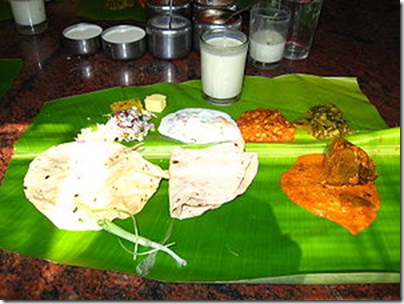 Traditional Kannadiga meals are served on banana leaves.
Traditional Kannadiga meals are served on banana leaves.
Kerala cuisine is as interesting as its backwater adventures. Kerala cuisine has a multitude of both vegetarian and dishes prepared using fish, poultry and meat. Pachakam means ?cooking? in Kerala. Almost every dish prepared in Kerala has coconut and spices- like black pepper, chilies, cardamoms. While tamarind lends a sharp tartness. Coconut in traditional Kerala cuisine balances some of the tongue-teasing pepper-hot flavors. Fish in its curried, fried or stew forms is extremely popular among Keralaites.
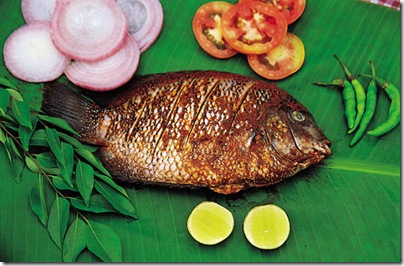
Lakshadweepin Sanskrit means one hundred thousand islands. Like its closest neighbor, Kerala, Malyalam is spoken by the islanders. Predictably so, even their cuisines are similar. Coconut and fish are the main ingredients of the Lakshadweep cuisine. Dried or smoked Tuna or Masumeen, marinated in crushed coconut, is a typical delicacy of Lakshadweep.
Madhya Pradesh and Chhattisgarhare the central provinces of India. The cuisine in Madhya Pradesh varies from one zone to another. The north and west are mainly wheat-and-meat-based, while the wetter south and east are rice and fish dominated. An interesting dish is the bafla(wheat cakes) dunked in aromatic gheewhich is eaten with daal (a lentil broth). Its characterized by its tongue-tingling sharpness.
 What locals in Indore wow about is Bhutte ki kees.Its grated corn roasted in ghee and cooked in milk and spices. A very Malwani influence on this cuisine.
What locals in Indore wow about is Bhutte ki kees.Its grated corn roasted in ghee and cooked in milk and spices. A very Malwani influence on this cuisine.
Maharashtrais the great nationof Indian cuisine. Maharashtrian cuisine ranges from being mild to very spicy. Wheat, rice, jowar, vegetables, lentils and fruits form important components of Maharashtrian diet. Popular dishes include puran poli, modakand batata wada.
The Maharashtrians are known for aesthetic presentation of food, which adds extra allure to their feasts. Maharashtrian meals are scientifically planned and cooked?the golden rule being that the cooking medium must not be seen. The vegetables are steamed and lightly seasoned so as to retain their nutritional value. Coconut is used in cooking and as an embellishment. Jaggery and tamarind are used in most vegetables or lentils so that the food has a sweet and sour flavor while the kala masala (special blend of spices) is added to make the food piquant.
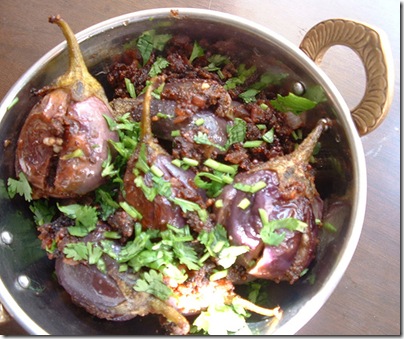 One of the most popular dishes of the state is Bharlivangi (small brinjals stuffed with coconut).
One of the most popular dishes of the state is Bharlivangi (small brinjals stuffed with coconut).
Manipuris home to simple people who eat simple food. The staple diet of Manipur consists of rice, leafy vegetables, and fish. Manipuris typically raise vegetables in a kitchen garden and rear fish in small ponds around their house.
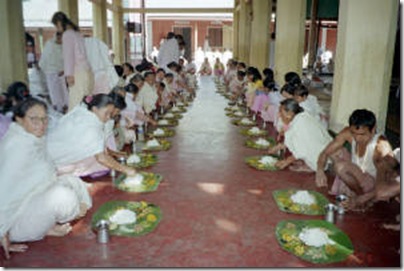 Eromba is a chutney of boiled vegetables or potatoes with a lot of red chiles, tomatoes and dried fish salted to taste. It is garnished with chopped onions and coriander leaves.
Eromba is a chutney of boiled vegetables or potatoes with a lot of red chiles, tomatoes and dried fish salted to taste. It is garnished with chopped onions and coriander leaves.
Singjuis a salad prepared with finely chopped cabbage, onions, lotus stems, stinky beans, coriander leaves, and ginger. Boiled kidney beans are optional and the dish is seasoned with red chili flakes, salted to taste, with red roasted sesame powder and roasted chick peas powder.
Chamthongis a boiled preparation of any seasonal vegetables with coarsely chopped onions, ginger and 2-4 garlic cloves and salt, topped with dry fish, fried fish pieces (optional)and water. It's soupy in nature and is eaten with rice.
Morok metpais a chutney prepared with green or dry red chilies. The chilies should be boiled with dry fish in a pan and then it should be mashed with salt to taste in it, fried fish pieces can also be added to it. Chopped onions and coriander leaves should be added to it and mixed.
Mizoramis a land of rolling hills, valleys, rivers and lakes. Fish and rice make its staple, just like some of its other Six Sisters. Some of the delicacies of Mizoram are made with ingredients like bamboo shoots and duck. Some Mizo dishes popular with the locals and tourists are Misa Mach Poora, which is a grilled dish made with shrimps, Panch Phoron Taarkari, Poora Machand Koat Pitha. However, authentic Mizo cuisine is a blend of Chinese and North Indian cuisine. The cooked dishes are served on fresh green banana leaves. A popular dish is Bai, eaten with Chaw(steamed rice). It is made by boiling spinach with pork and bamboo shoots.
Nagaland of the Naga people has its cuisine as distinct as its people. The meat and fish used are often smoked, dried or fermented. Poora Haahis a whole roasted duck and it is popularly eaten by the people of Nagaland. The duck is roasted with potatoes and boiled rice and is often the main at many feasts.
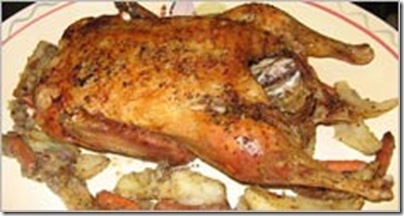
Orissa?s coastline lends a helping hand to its cuisine. The kitchen of the famous Jagannath temple in Puri is reputed to be the largest in the world, with a thousand chefs, working around 752 wood-burning clay hearths called chula, to feed over 100,000 people every day. The Ude Thakur(Oriya Brahmin Chefs) are famed for their culinary skills.
Pancha-phutana, a mix of cumin, mustard, fennel, fenugreek and kalonji (nigella) is widely used for tempering vegetables and daals, while garam masalaand haldi (turmeric) are commonly used for non-vegetarian curries. Pakhala, a dish made of rice, water, and yogurt, that is fermented overnight, is very popular in summer, particularly in the rural areas. Oriyas are also very fond of sweets.
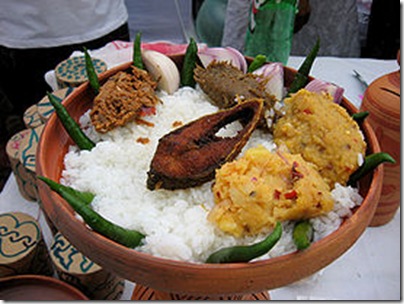
Puducherrywas a French colony till 1793. Predominantly, Pondicherry is influenced by Tamil cuisine. The typical Tamil food like Dosasand Idlisare very popular among the locals and the tourists. Freshly baked baguettes and crisp croissants with a steaming cup of coffee constitute the breakfast of most of the people in this union territory. This is their French legacy. Other delicacies of the Indian origin that find much favor in Pondicherry are Coconut Curry, Tandoori Potato, Soya Dosa, Podanlangkai, Assad, Kadugu Yerra, Curried Vegetables, Stuffed Cabbage, Palpayasam(Sweet Milk).
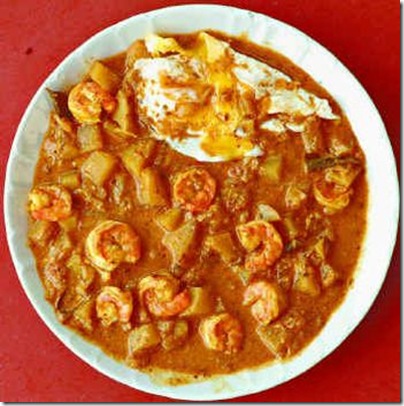 Kadugu Yerrais an incredible curry made with prawns cooked in a spicy tomato sauce with potatoes, vinegar, fenugreek and mustard paste and creamy coconut milk.
Kadugu Yerrais an incredible curry made with prawns cooked in a spicy tomato sauce with potatoes, vinegar, fenugreek and mustard paste and creamy coconut milk.
Punjab, Haryana and Chandigarhform the Punjab region of India, the land of stuffed parathas, dollops of ghee, lassi and sarson da saag. The food is tailor-made for the Punjabi lifestyle in which most of the rural folk burn up a lot of calories while working in the fields. The main masalain Punjabi dishes are onion, garlic and ginger.
The rural Punjab region largely depends on the community tandoorfor its cooking. There is a tandoor in every community, they say. Women prepare bread dough at home and take it to the community tandoor, where the bread is baked for a fee. The community tandoor is also used to roast eggplants to make Bharta, and marinated meats.
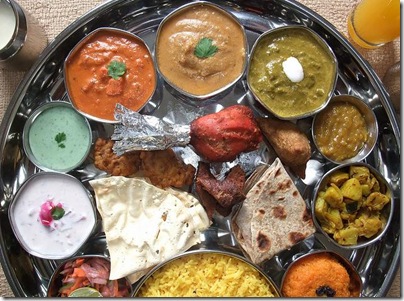
Rajasthanprobably gets its color from its food. If the spices in Rajasthani cuisine do not completely sweep you off your feet, they sure will dazzle you. The people of Rajasthan also relish gheewhich is an integral part of many of their preparations. The most famous dish would probably be dal baati, which are spicy lentils with baked balls of wheat oozing with ghee.
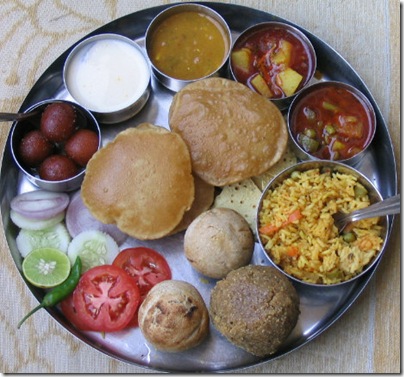 Of course Rajasthan is also known for its sweets. Sweet dishes are never referred to as 'dessert' in Rajasthan, because unlike desserts which are eaten after a meal, you down Rajasthani sweets before a meal, with a meal, and after a meal!
Of course Rajasthan is also known for its sweets. Sweet dishes are never referred to as 'dessert' in Rajasthan, because unlike desserts which are eaten after a meal, you down Rajasthani sweets before a meal, with a meal, and after a meal!
Sikkimhas a not-to-miss scenic beauty carved by its snow-fed streams and hilly ranges. In Sikkim, Himalaya's traditional foods form an essential part of dietary culture. Crops like finger millet, wheat, buckwheat, barley, vegetable, potato, and soybeans are grown wherever altitudinal-ly possible.
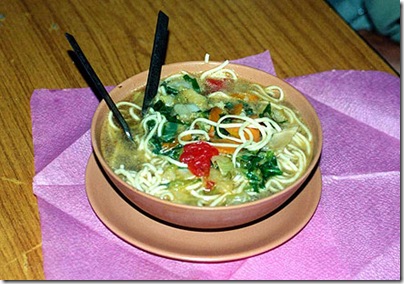 Momo (steamed dumpling), Tomato Achar (Pickle), Thukpa /Gya-Thuk (Noodle soup), Kinema Curry (Fermented soybean), Gundruk and Sinki Soup (Fermented vegetable soup), Gundruk ko Achar (Pickle), Chhurpi Soup (Traditional cottage cheese), Chhurpi ka Achar (Pickle), Chhurpi-Ningro Curry (Chhurpi with wild fern), Sel Roti (Fermented rice product), Shimi ka Achar (String bean pickle), Pakku (Mutton curry) and Mesu Pickle (Fermented bamboo shoot) are some of the local dishes that are enjoyed by all the communities in Sikkim.
Momo (steamed dumpling), Tomato Achar (Pickle), Thukpa /Gya-Thuk (Noodle soup), Kinema Curry (Fermented soybean), Gundruk and Sinki Soup (Fermented vegetable soup), Gundruk ko Achar (Pickle), Chhurpi Soup (Traditional cottage cheese), Chhurpi ka Achar (Pickle), Chhurpi-Ningro Curry (Chhurpi with wild fern), Sel Roti (Fermented rice product), Shimi ka Achar (String bean pickle), Pakku (Mutton curry) and Mesu Pickle (Fermented bamboo shoot) are some of the local dishes that are enjoyed by all the communities in Sikkim.
Tamil Nadu's history dates back to pre-historic times. It is characterized by the use of rice, legumes and lentils, its distinct aroma and flavor achieved by the blending of spices including curry leaves, tamarind, coriander, ginger, garlic, chili, pepper, cinnamon, cloves, cardamom, cumin, nutmeg, coconut and rosewater. The word "curry" is derived from the Tamil word kariwhich means "spice". Chettinad cuisine is a specialty in Tamil Nadu and is a delight for those who like hot and spicy non-vegetarian food.
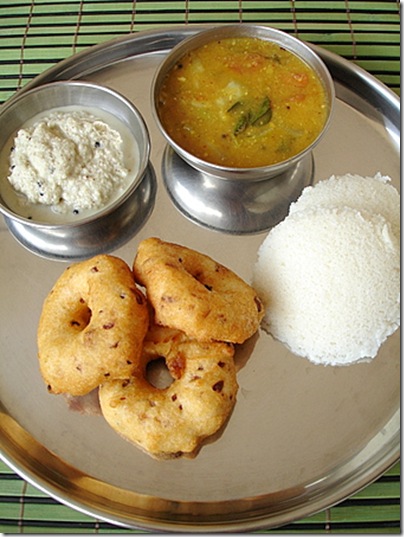 It is almost impossible for you not to have eaten the idli-vadacombination with a bowl of sambarand coconut chutney and washed all that down with a cup of filter kaafee!
It is almost impossible for you not to have eaten the idli-vadacombination with a bowl of sambarand coconut chutney and washed all that down with a cup of filter kaafee!
Tripurawas a princely state and has its own unique tribal culture and a fascinating folklore. Tripura has preserved its culinary culture and has a diversified food as the state has many tribal groups. Bengali is the largest community in Tripura. Fish forms an integral part of Tripura?s cuisine. The traditional cuisine is known as Mui Borok. Tripura?s cuisine comprises of a key ingredient called Berma,which is essentially a dried and fermented fish.
Uttar Pradesh and Uttarakhandhave been greatly influenced by Mughal and Paharicooking techniques. The Awadhi cuisine of Uttar Pradesh bears similarities to those of Kashmir and Punjab, and the state is famous for its Nawabi foods (of Lucknow) and use of mutton, paneer, and rich spices including cardamom and saffron. Its most famous dishes include kebabs, Dum Biryani, and various mutton recipes. 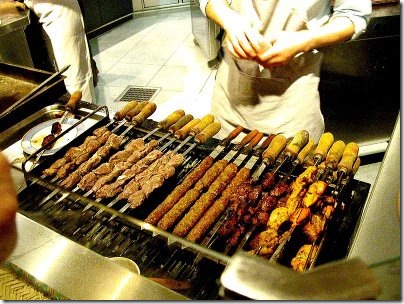 Anyone who has visited Lucknow will religiously devour the kebabs there. And if you are in town, don?t forget to have the paanthere!
Anyone who has visited Lucknow will religiously devour the kebabs there. And if you are in town, don?t forget to have the paanthere!
The term Uttarakhand cuisine covers both Kumaon and Garhwal regions of Uttarakhand. The traditional Uttarakhand cuisine is highly nutritious and easy to cook.
Coarse grains with high fiber content is very common in Uttarakhand?s cuisines. The local diet includes mundua(buck wheat) in the interior regions of Kumaon.
West Bengalbrings us to the end of this culinary journey through India. Or is it just a beginning? Bengali cuisine is known for its subtle flavors, its confectioneries and desserts, and has perhaps the only multi-course tradition from India that is analogous with the likes of French and Italian cuisines. The Bengali community is known to excel in cooking.
Their fish recipes are handed over from one generation to another. They prepare fish in innumerable ways - steamed or braised, or stewed with greens or other vegetables and with sauces that are mustard-based or thickened with poppy seeds. Cooking fish also depends on the texture, size, fat content and the bones. It could be fried, roasted, a simple spicy tomato-based gravy (jhol), or mustard based with green chillies (shorshe batar jhaal), with posto, with seasonal vegetables, steamed, steamed inside of plantain leaves, cooked with doi(curd/yogurt), with sour sauce, with sweet sauce or even the fish made to taste sweet on one side, and savory on the other. The king of all fish, the Ilishmaachis said be cooked in 108 distinct ways!
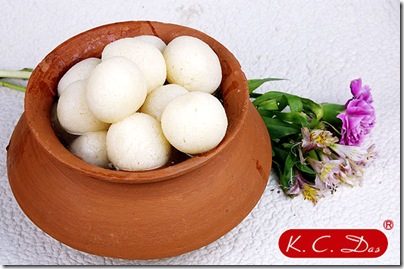 Bengal?s contribution to Indian cuisine is world class. What is also world famous are cheese dumplings soaked in sugar syrup. The world calls it the Roshogolla. A very fine way to end a meal and definitely this post.
Bengal?s contribution to Indian cuisine is world class. What is also world famous are cheese dumplings soaked in sugar syrup. The world calls it the Roshogolla. A very fine way to end a meal and definitely this post.
When it comes to food, everyone is an expert. In my effort to cover all the states and territories of India, I could have missed important details about your cuisine. Please add on to this post with your comments and information.
What?s that saying, its always easier to learn when your belly is full. Don?t waste food.
Happy Indian Independence then!
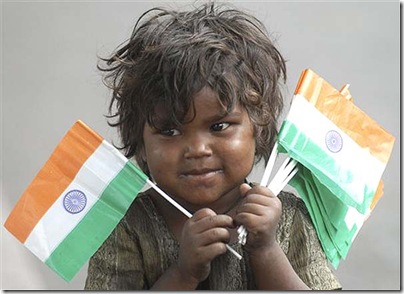
Comments